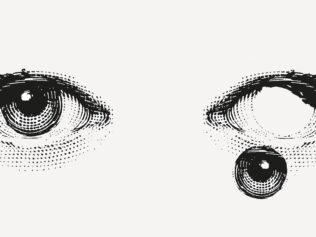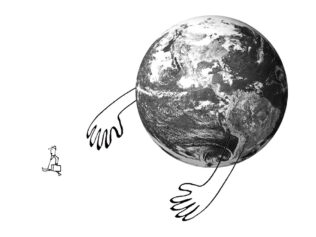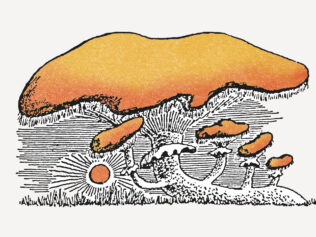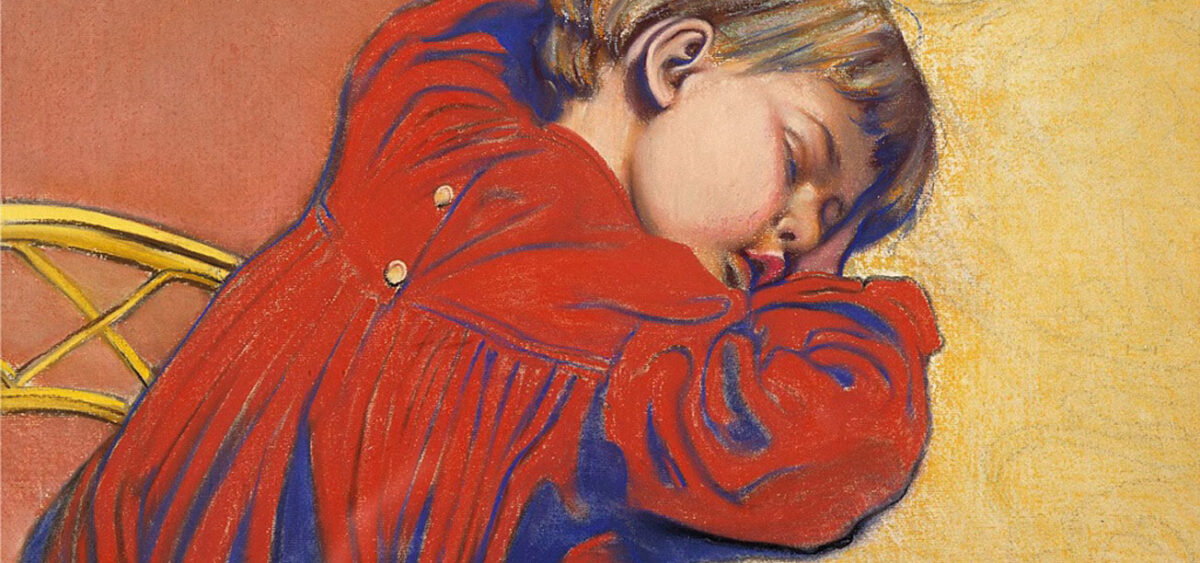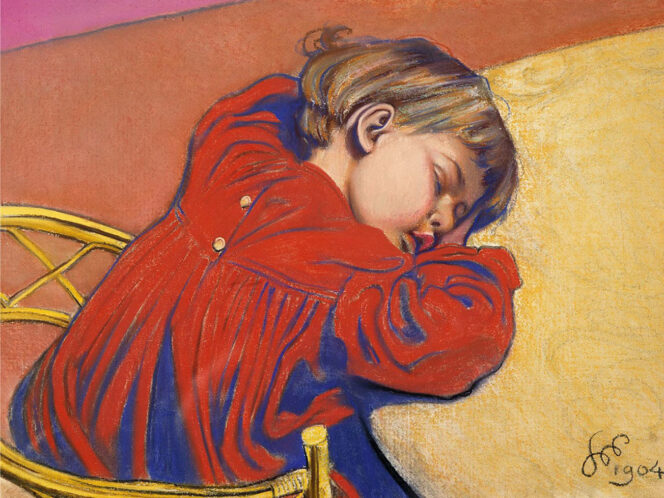
MRI scans show that hunger and loneliness cause cravings in the same area, which suggests socialization is a need.
Even before the COVID-19 pandemic started, an epidemic of loneliness existed. This is not only unpleasant for those involved but has measurably adverse effects on their mental and physical health. The current outbreak has only made an existing problem worse.
A new study undertaken by researchers at MIT and the Sulk Institute suggests that our need for socialization is as hardwired as our need for food and water. It finds that the same part of our brain that hungers for food after a day of fasting longs for other people after isolation.
People sometimes crave socialization, literally.
Forty participants underwent 10 hours of either social isolation or fasting before being placed in an MRI machine. Those who fasted had their brains imaged while viewing pictures of food; those emerging from isolation viewed photos of socializing people.The areas of the brain related to hunger pains, reward, and movements, the substantia nigra pars compacta and ventral tegmental area (SN/VTA), are also associated with cravings for food or addictive substances. When those who fasted viewed images of food, these regions of their brains lit up. Most interestingly, the same brain regions lit up when those who had been isolated for 10 hours saw pictures of other people socializing. Test subjects also filled out questionnaires during and after the fasting and isolation periods. Not only did this confirm that people felt cravings for what they had missed, but that the effect was similar in both cases.
They also showed that very hungry people were less responsive to images of socializing, suggesting that “hanger,” the state of being irritable as a result of hunger, is a demonstrable state.
How can I use this information? I’m asking for a friend.
The obvious takeaway is that it is perfectly normal to feel a need for interaction with others after an extended bout of isolation. Our brains treat some form of interaction as a basic need that must be met. While not shown as clearly in humans, not getting these needs often drives mice to stress eat, a finding that makes a great deal of sense in light of these new findings.
Exactly how we can meet the need for socialization outside of just meeting up with people (a tricky proposition at the time of writing) remains up for debate. Anybody who has tried a Zoom party during the pandemic can attest to it just not being as nice as seeing friends in person.The study’s authors are aware of this issue and note that:
“A vital question is how much, and what kinds of, positive social interaction is sufficient to fulfill our social needs and thus eliminate the neural craving response. Technological advances offer incessant opportunities to be virtually connected with others, despite physical separations. Yet, some have argued that using social media only exacerbates subjective feelings of isolation.”
Unfortunately, the study cannot offer us an answer to this question just yet.
Like always, there are limitations to this study.
This study involved 40 participants. While its essential finding is likely to be generally applicable, exactly how applicable it is to the broader population cannot be known with certainty from such a small group. The participants were also healthy, well-connected young adults who might react to various problems differently than other demographic groups.
Their tendency to do so while being the focus of endless studies on psychology is a well-recorded problem. Likewise, the fact that the participants knew they would only be isolated for 10 hours may have impacted how they reacted to the isolation—it is often easier to endure something when you know precisely when it will end.
Getting around that in future experiments may prove impossible. From an ethical standpoint, it would be difficult to structure an experiment on humans predicated on the idea that they will be kept isolated from all social interaction indefinitely. Lastly, while all of the participants were quite hungry after 10 hours, there were enough variations in how lonely people felt after isolation to suggest a more significant variance in need for socialization than in demand for food. While this seems obvious, we all know both introverts and extroverts; it does make it more challenging to determine how much social interaction counts as a “need” that the brain craves just as it craves food.
As usual, more research is needed.
The idea that humans are social animals existed long before modern neuroscience was possible. Now, we can see exactly what happens in the brain when we can’t socialize. While the final word on the subject is still to be said, it might be time to give a friend a call.
This article was originally published on 25th November 2020 at Big Think.







